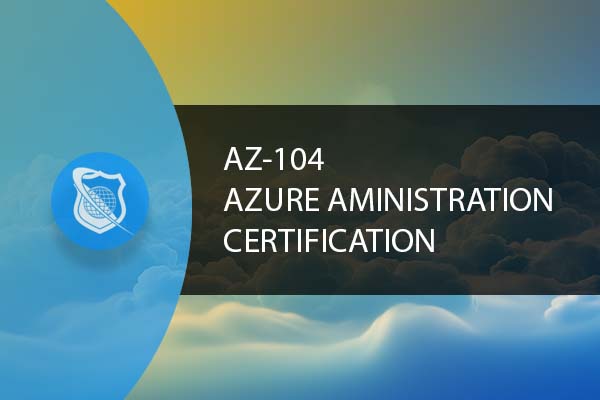What is FIPS 140-2 Compliance?
Definition: FIPS 140-2 ComplianceFIPS 140-2 (Federal Information Processing Standard Publication 140-2) Compliance refers to meeting the security requirements outlined in FIPS 140-2, a U.S. government standard that defines how cryptographic













